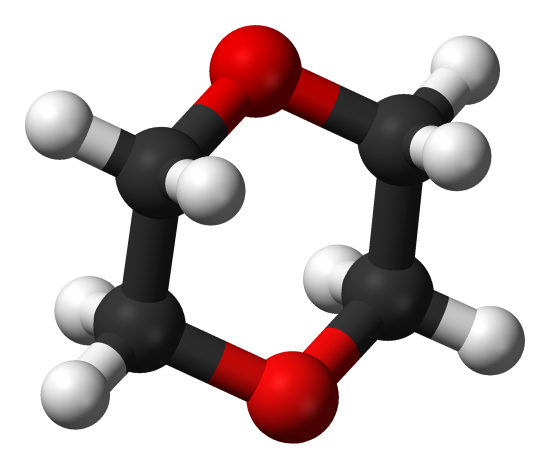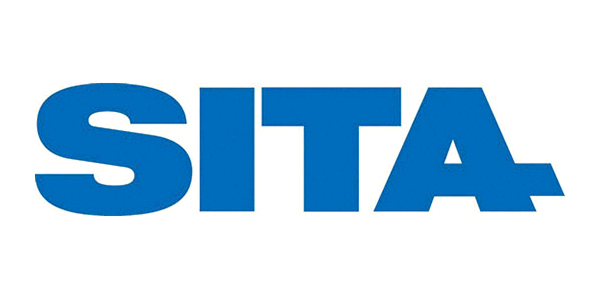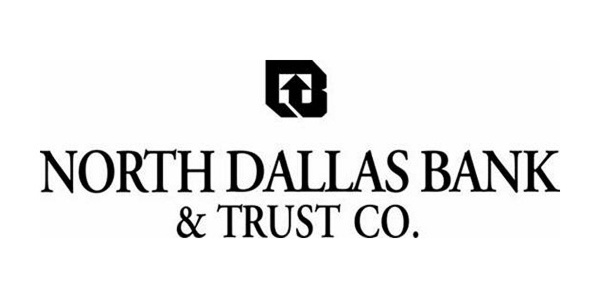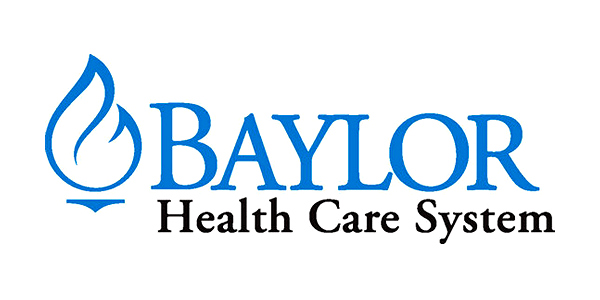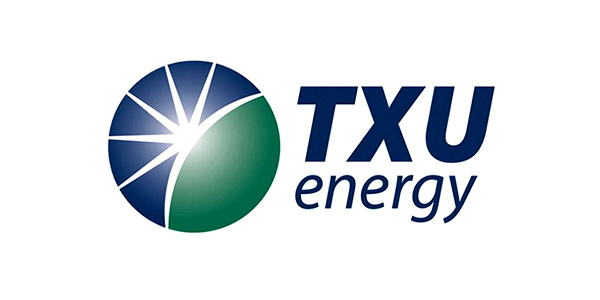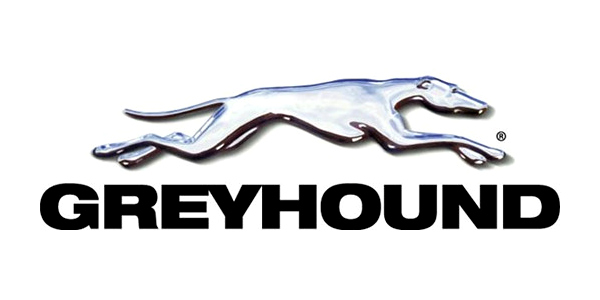Emerging Chemical: 1,4-Dioxane
How a chemical you’ve never heard of can keep you/your client from getting closure.
The writing is on the wall for 1,4-Dioxane to be the next “big thing”.
There is increasing concern from multiple agencies in recent months over a new emerging chemical of concern: 1,4-Dioxane. Recent findings at the Air Force Center for Engineering and the Environment (AFCEE) have identified 1,4-Dioxane as a co-contaminant with TCE, occurring in concurrence with approximately 64% of TCE sites, although the exact nature of this relationship is debated. 1,4-Dioxane was also used widely as a stabilizer in numerous solvents and other chemical products and is believed to be a widespread contaminant found at many industrial solvent sites.
The AFCEE study projects delays in site closure and additional time and money spent to modify remediation systems since 1,4-Dioxane will tend to migrate further than TCE and it is a chemical that is not easily bioremediated, it does not respond to air stripping, and it does not adhere to activated carbon. Therefore past remediation will not have treated the 1,4-Dioxane. Since conventional pump-and-treat technologies that include air stripping and carbon adsorption do not capture the compound, reinjection of treated ground water from which 1,4-dioxane has not been adequately removed has resulted in shutdown of domestic and municipal supply wells. 1,4-Dioxane has been found in the ground water of several Superfund sites and has become a chemical of concern for drinking water supplies in California.
EPA Regions III, VI (Texas) and IX have developed a new screening level and as a result, the Air Force is re-testing past industrial sites for 1,4-Dioxane and the EPA is considering if additional testing at solvent sites is required. In the past environmental testing may have missed the presence of 1,4-Dioxane as analytical methods prevented detection as low as the current screening level. 1,4-Dioxane is listed under TRRP as a chemical of concern with a Protective Concentration level. The new EPA screening level is approximately 3 times lower than the current TRRP standard. This is important because under TRRP, this leaves the door open for the sites to be reopened or denied closure should the agency decide to or be forced to address this hidden contaminant. Sites around the country have been forced into delayed closure to address this contaminant. E.g. California and Florida. There are specific examples of RP’s spending millions to remediate a site only to have the governing body add 1,4-Dioxane as to the pre-closure sampling requirements, which then brings the closure process to a grinding halt.
Learn more about 1,4-Dioxane here.

